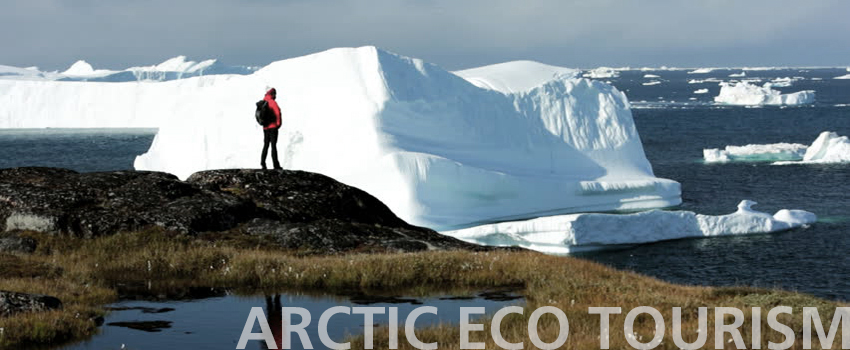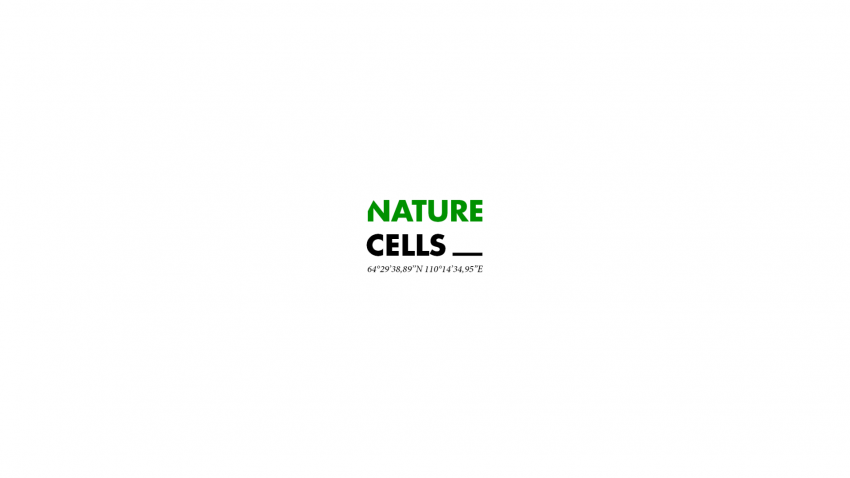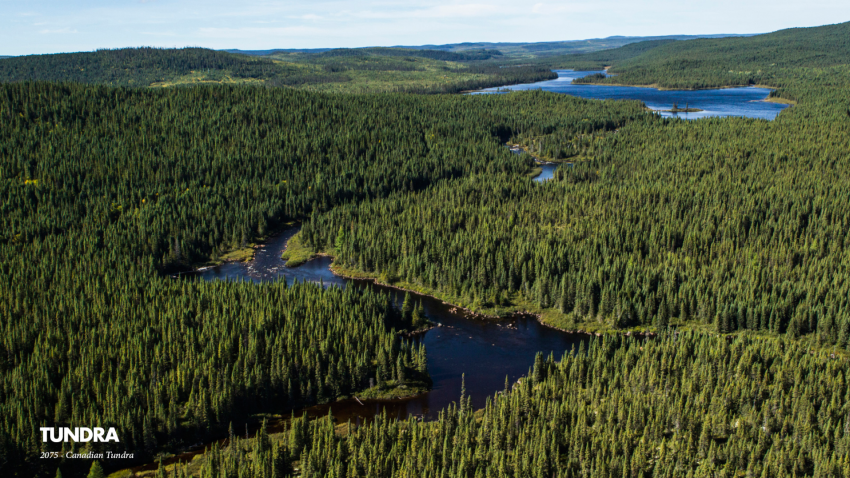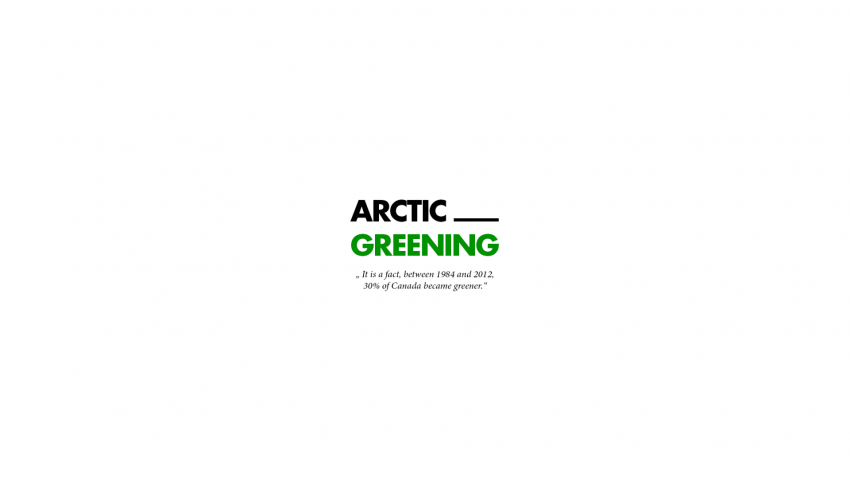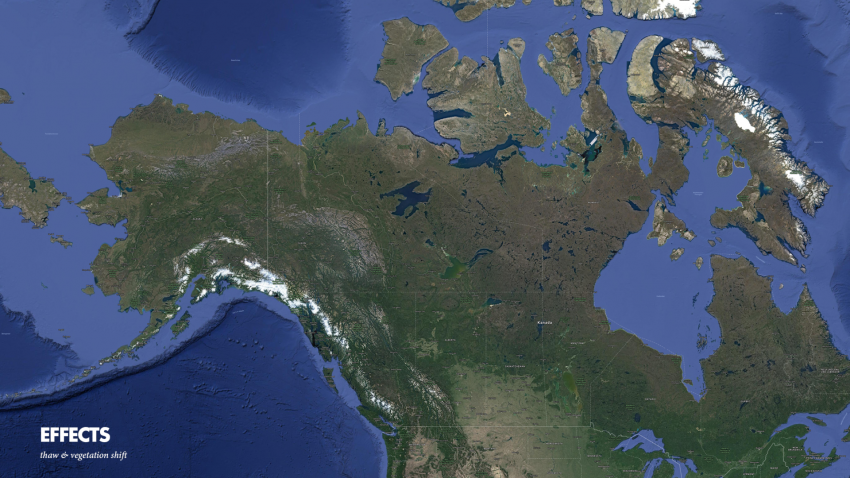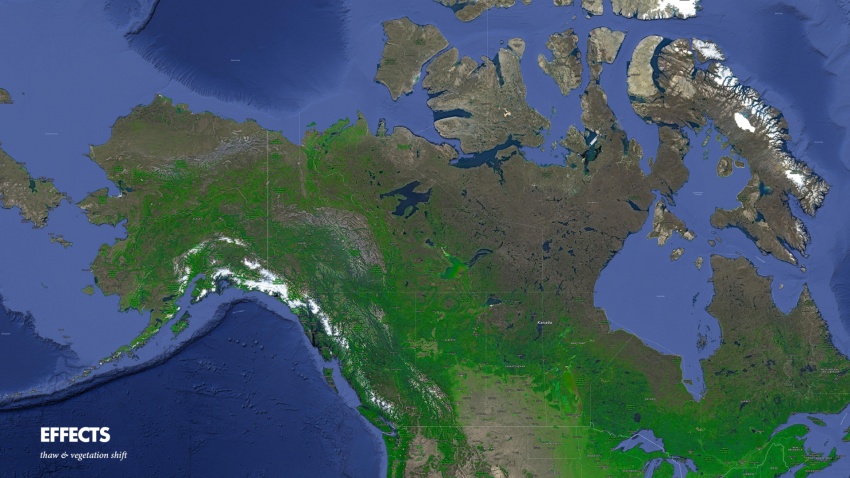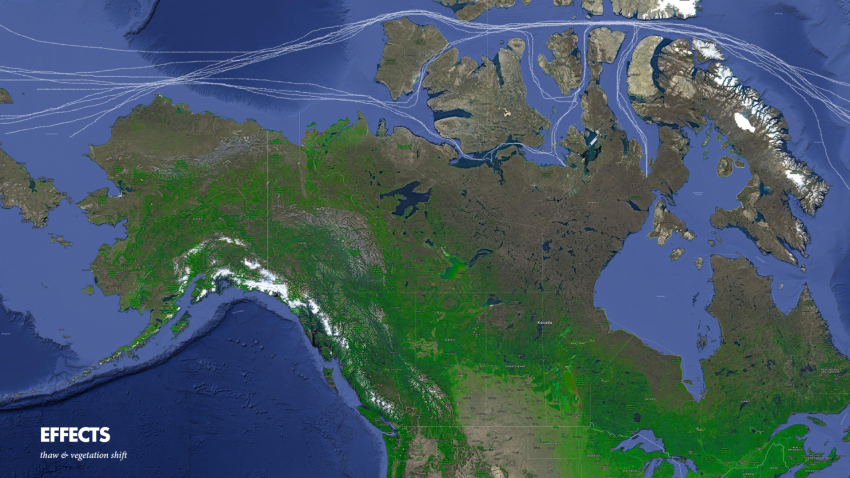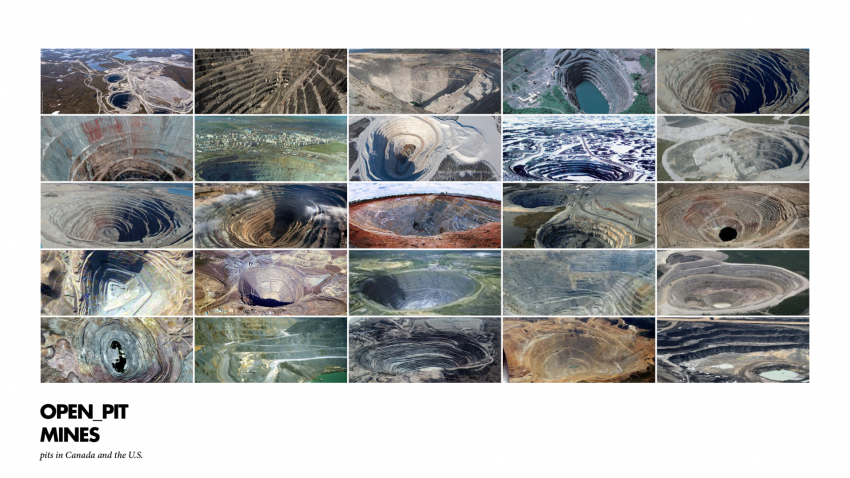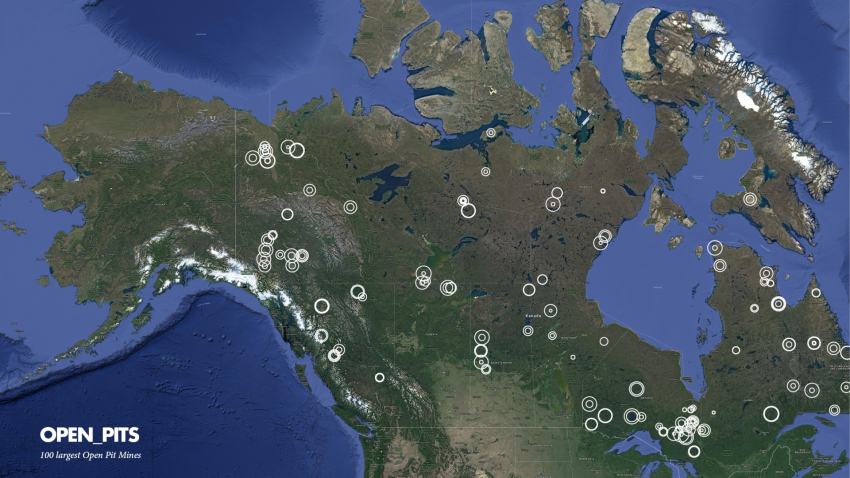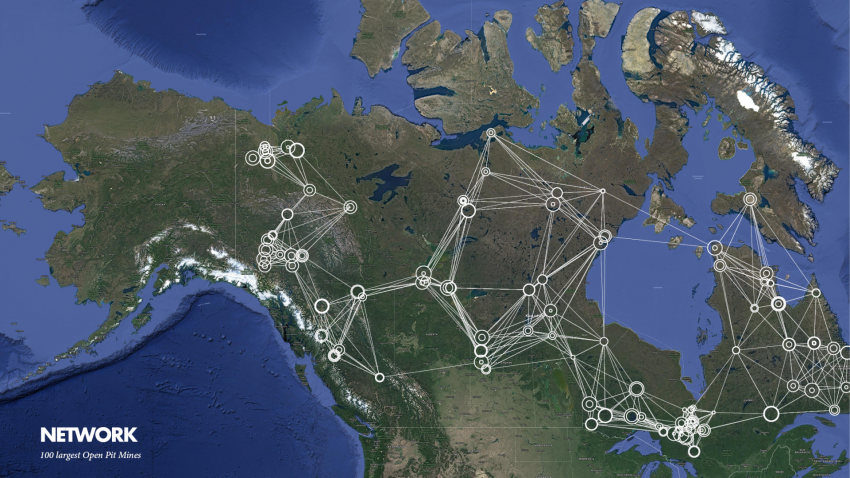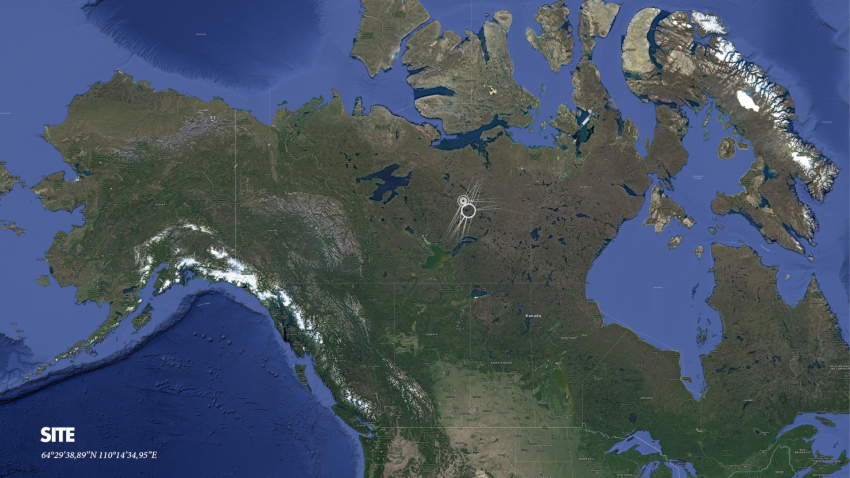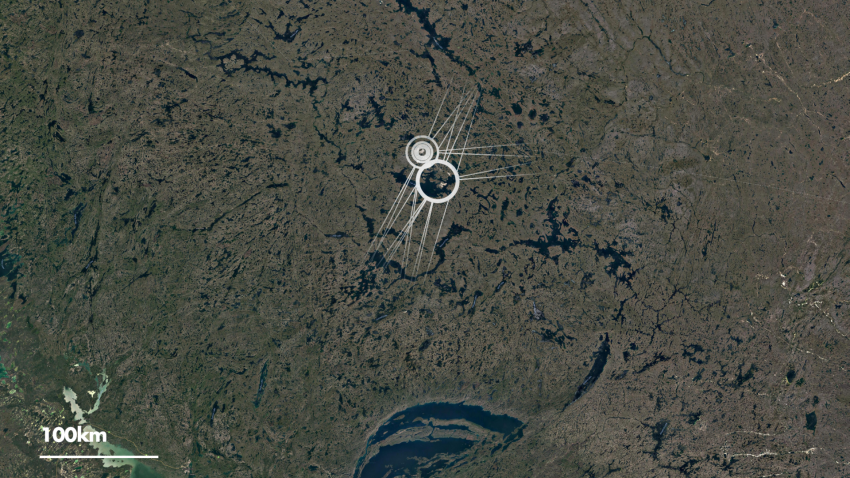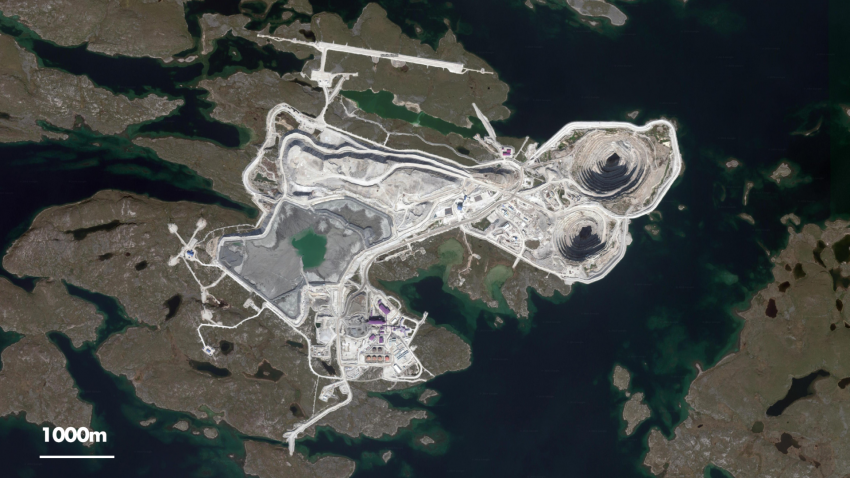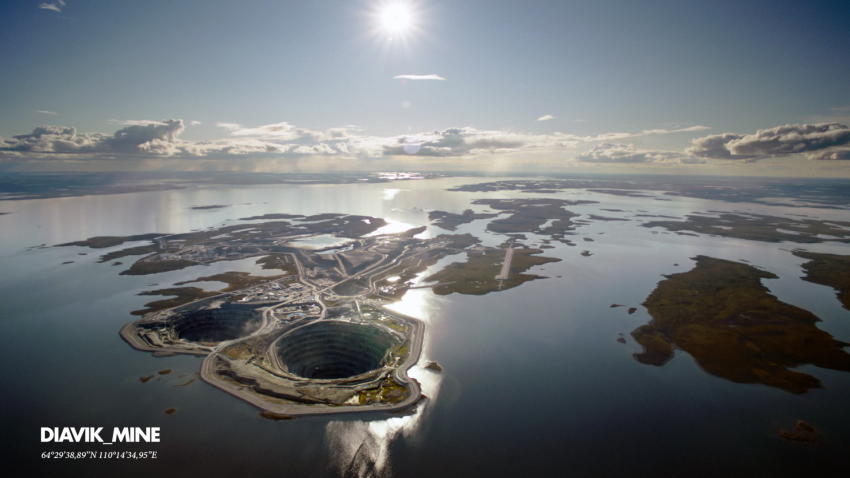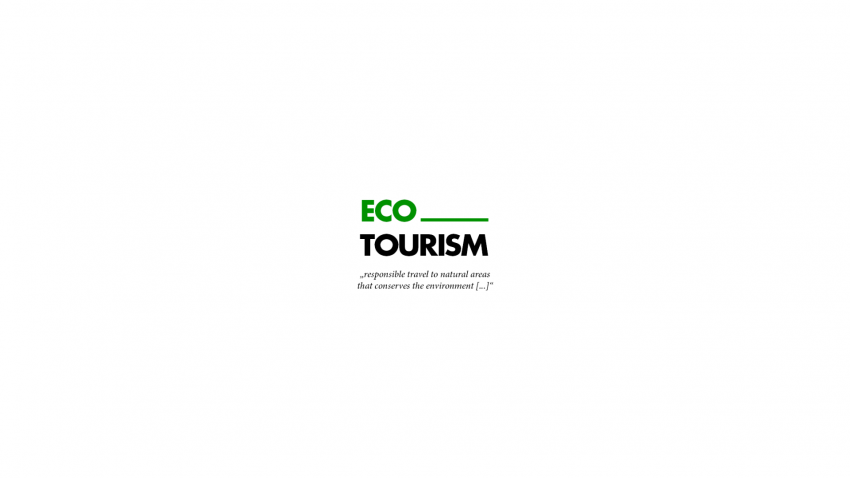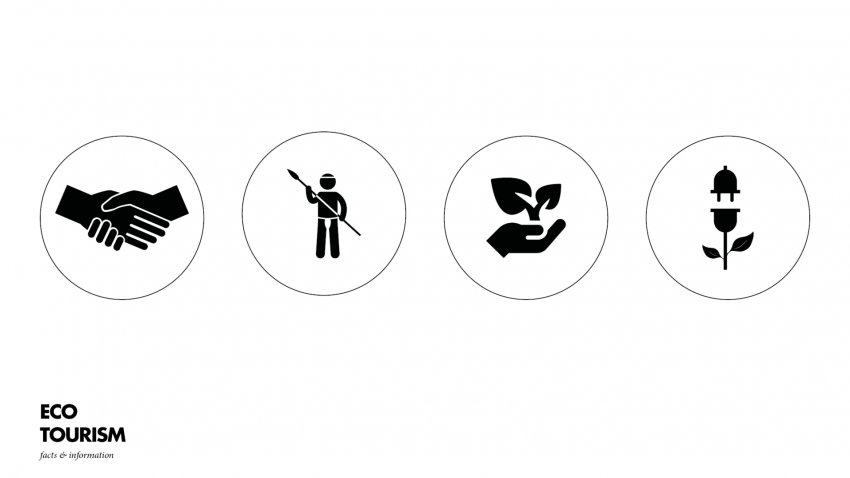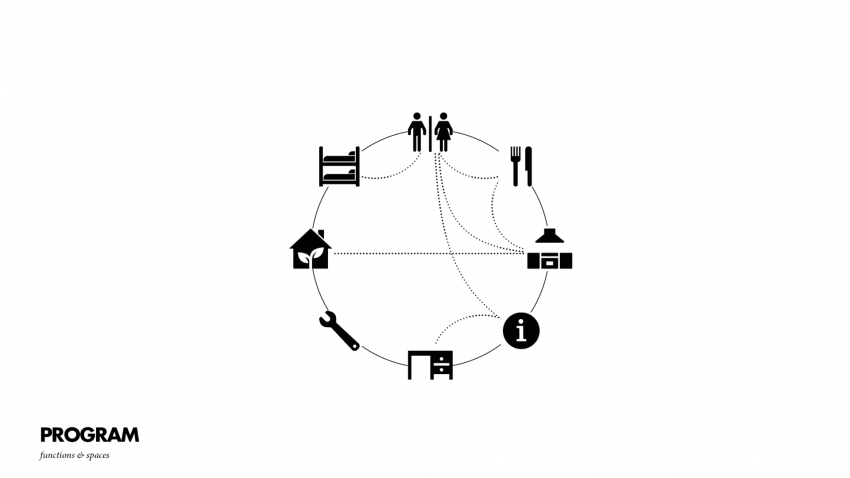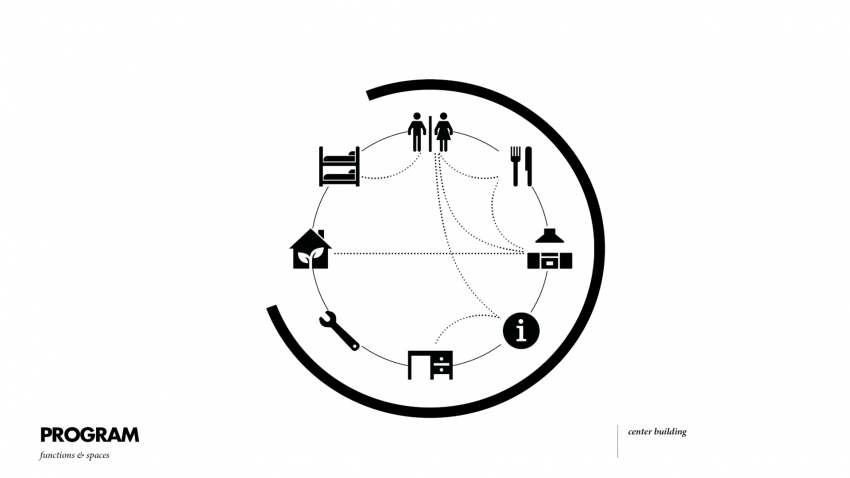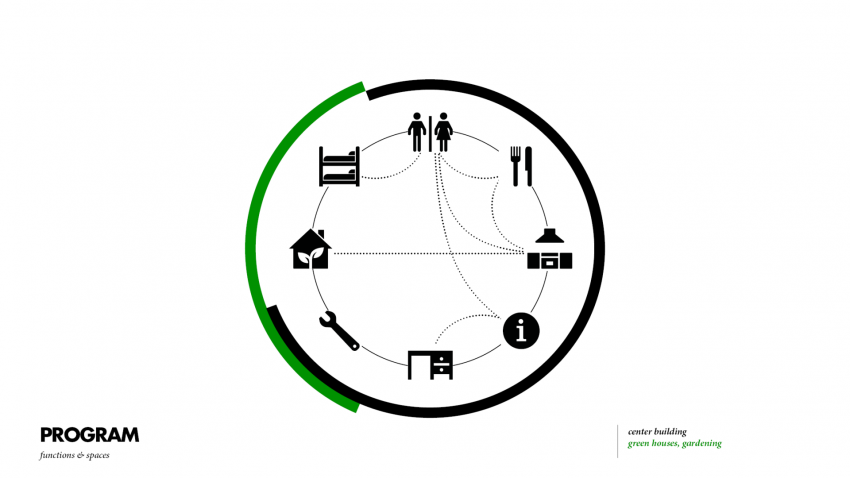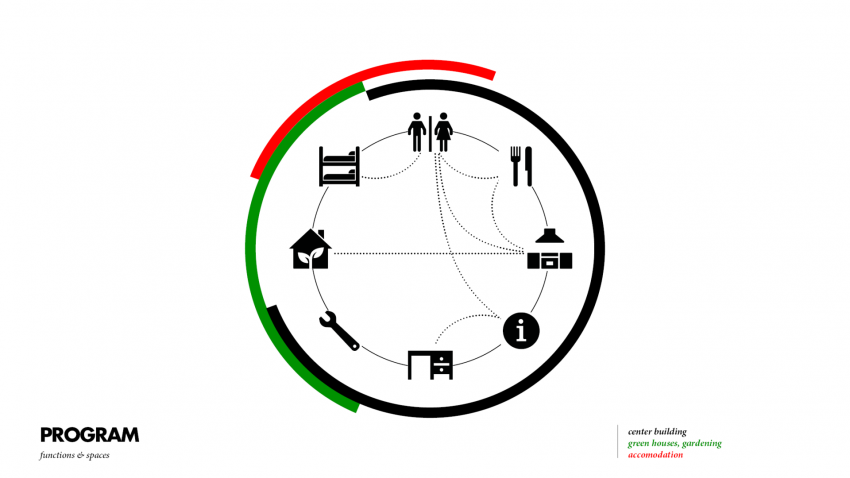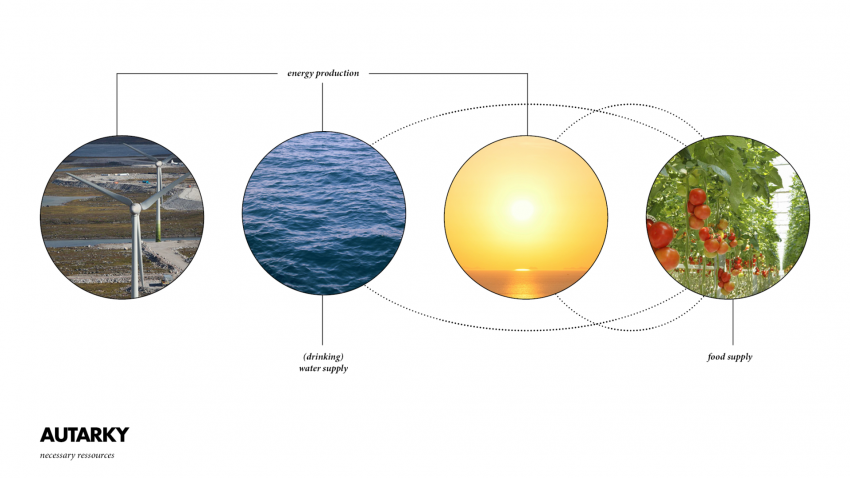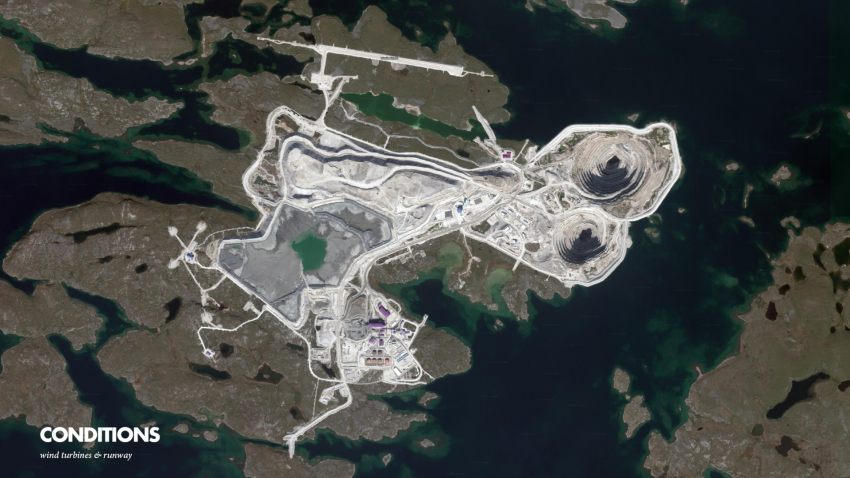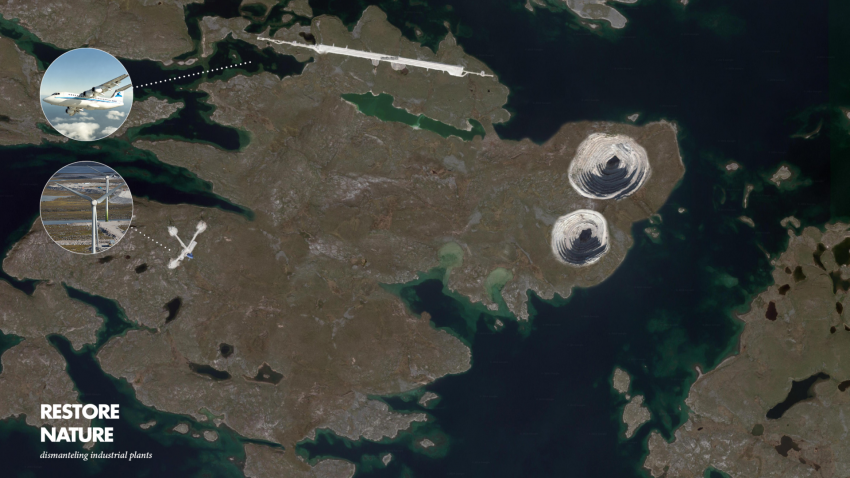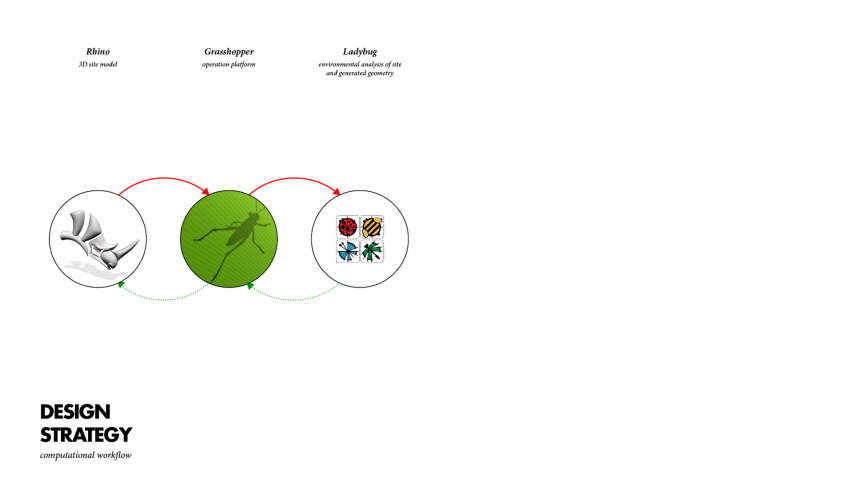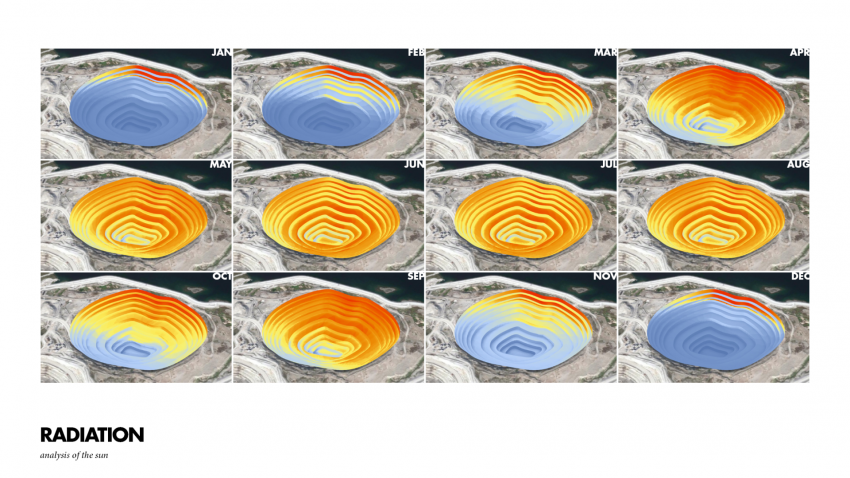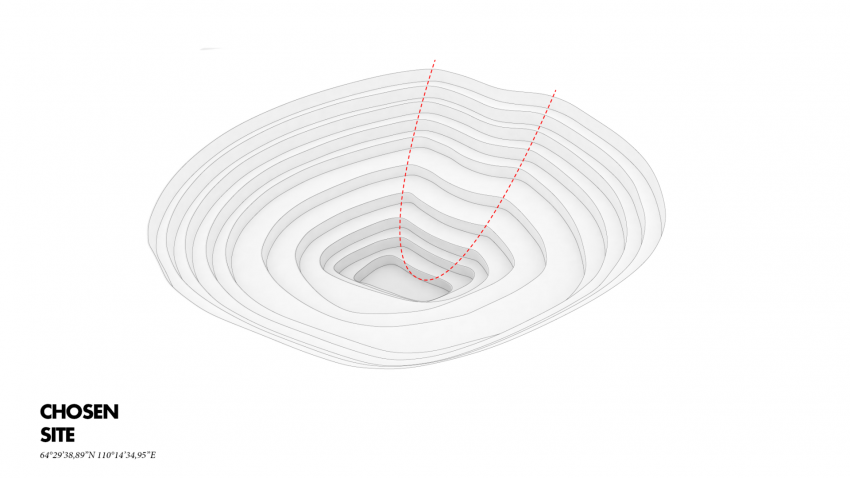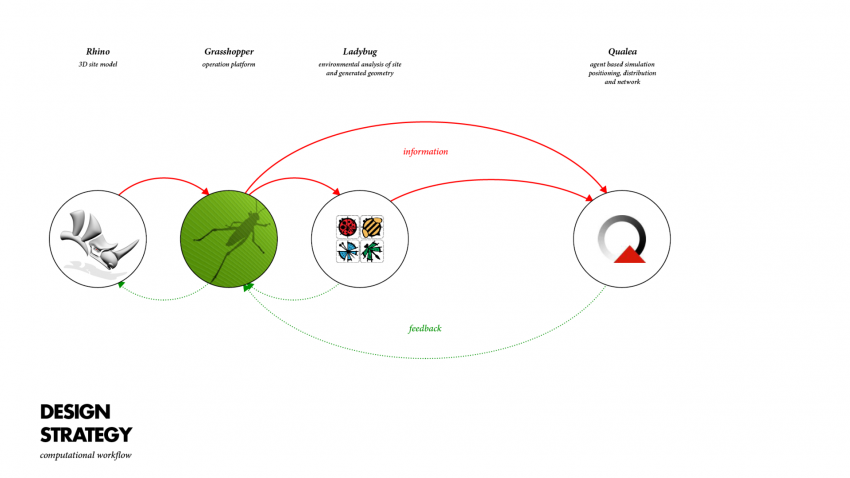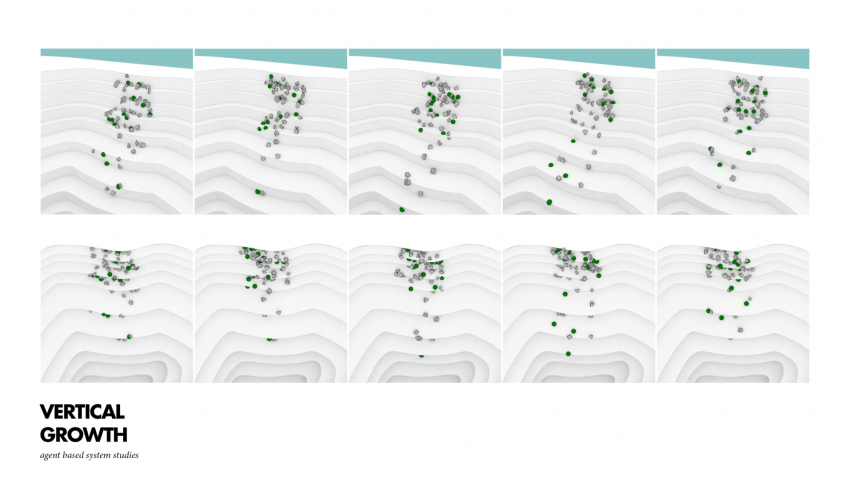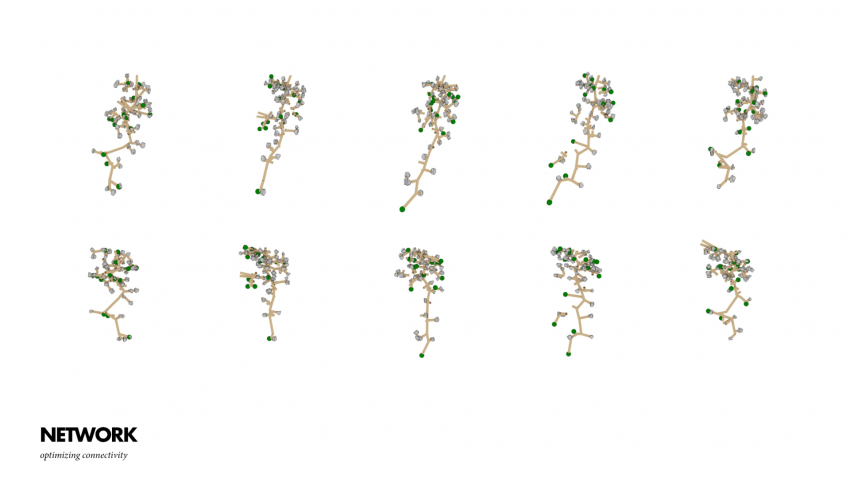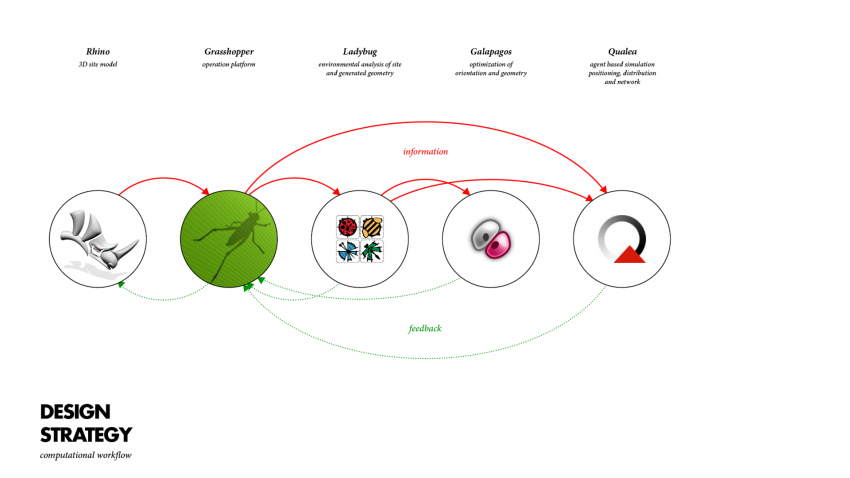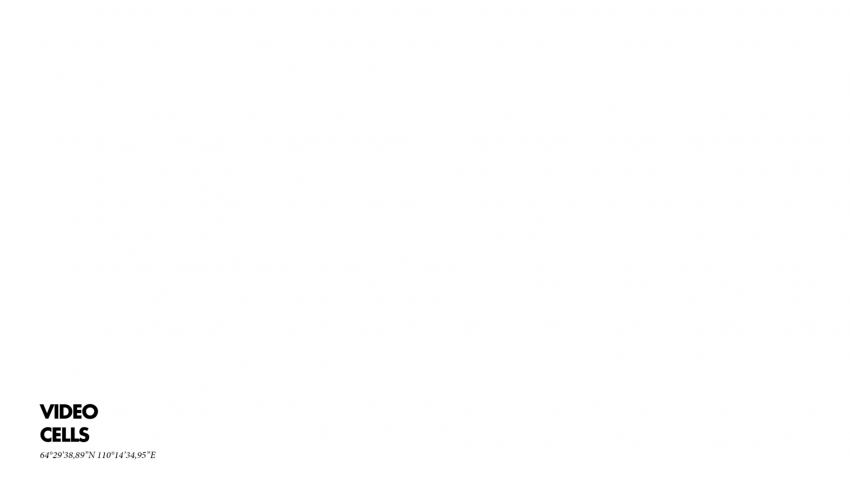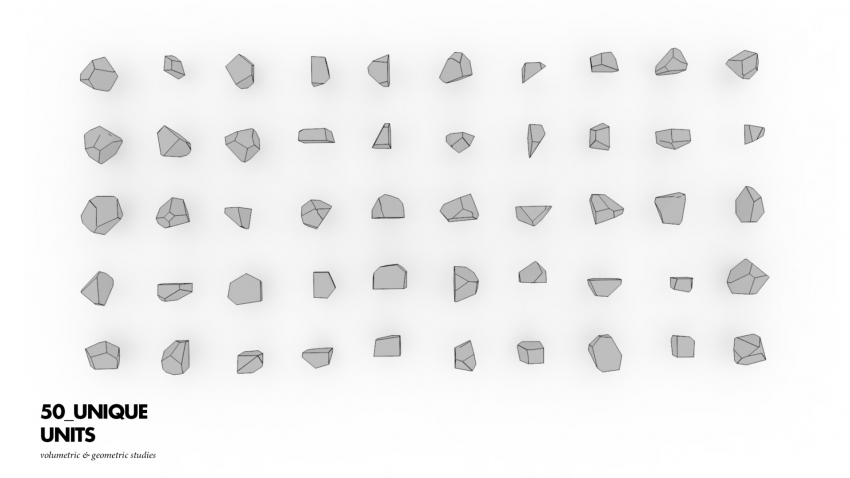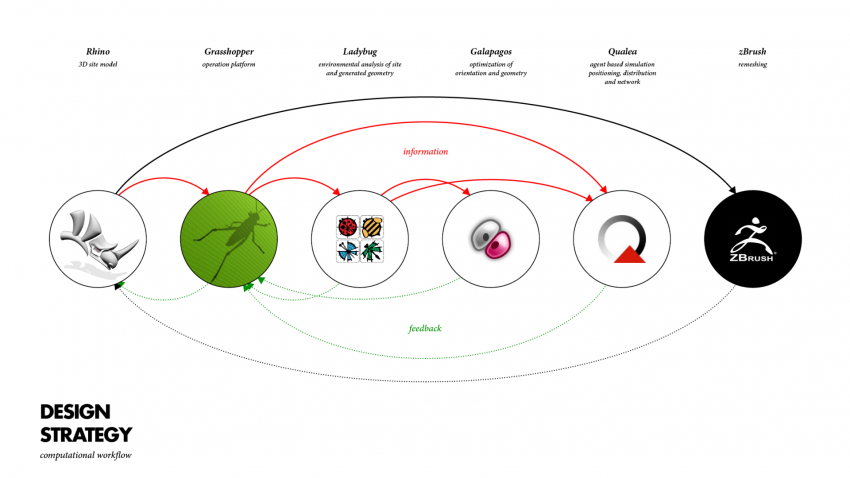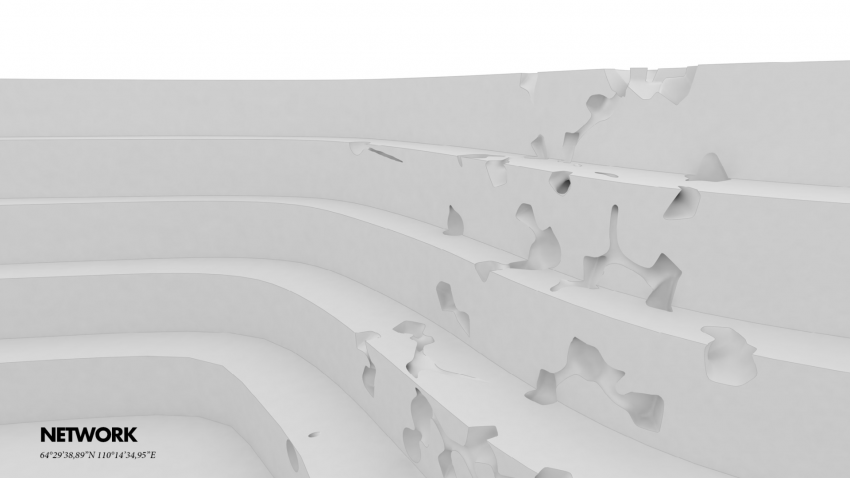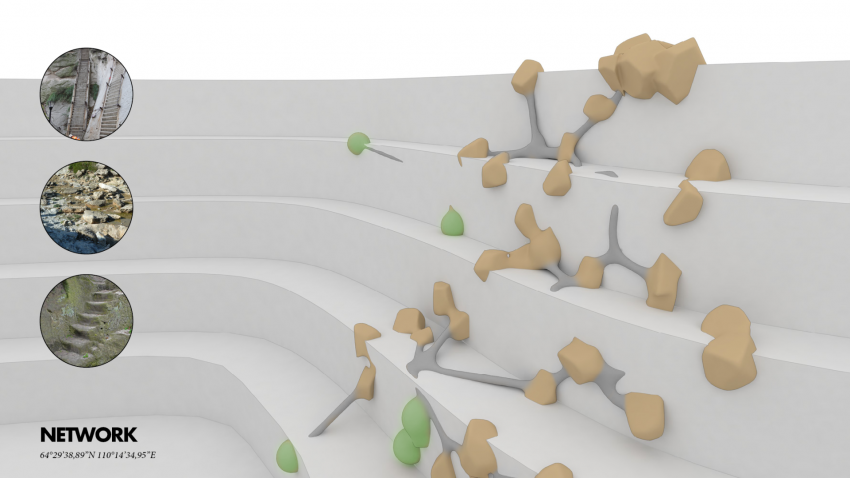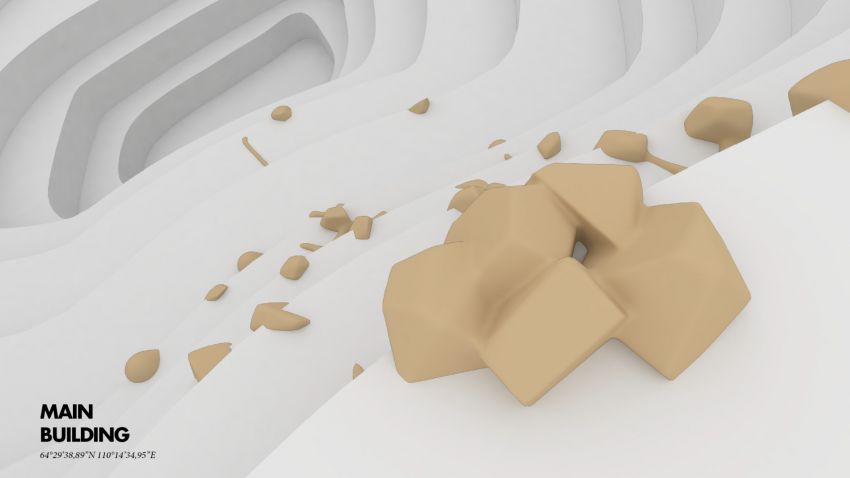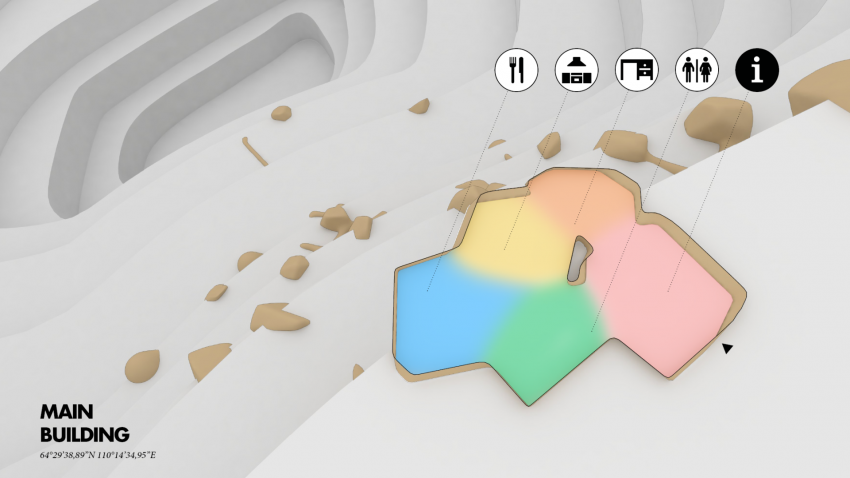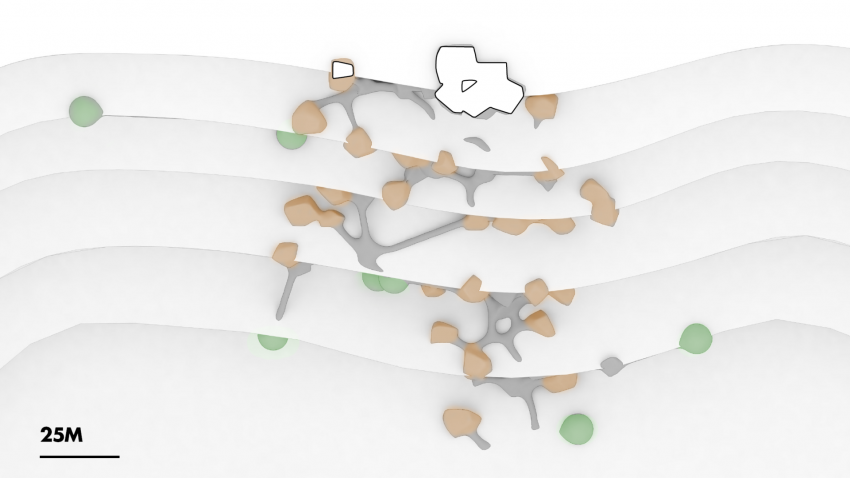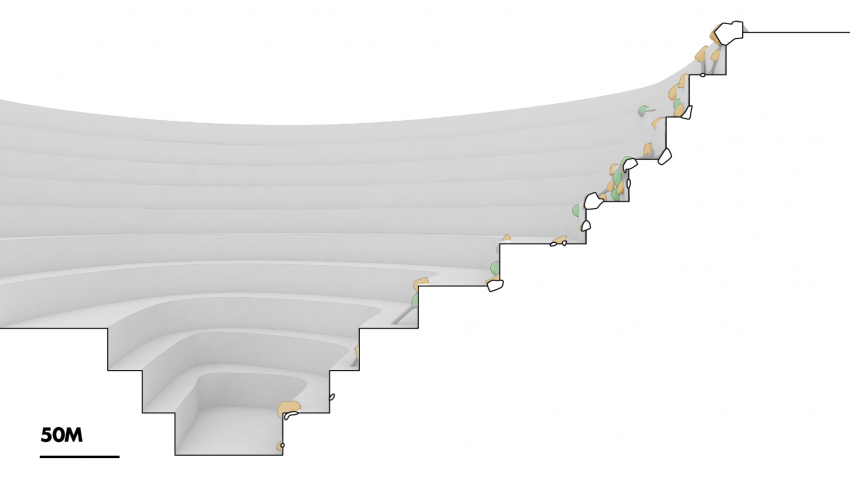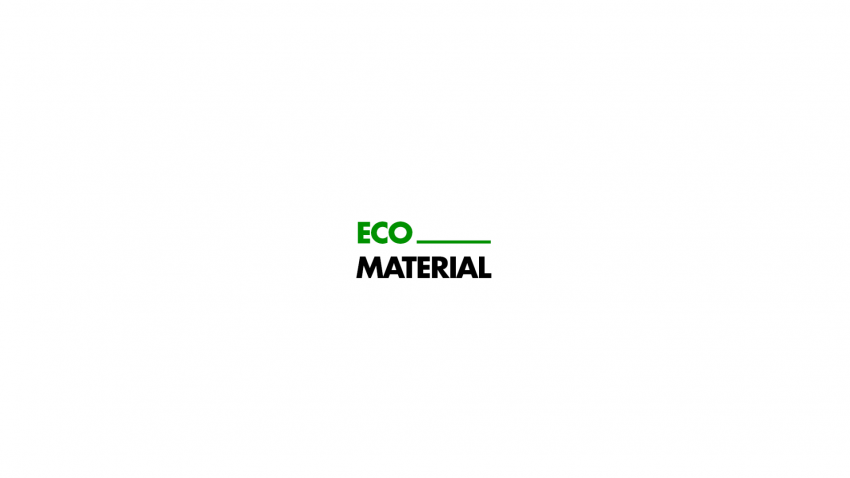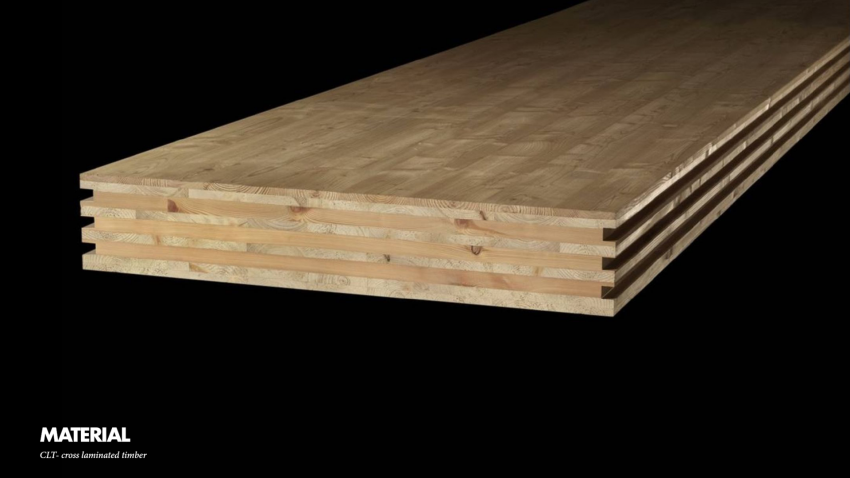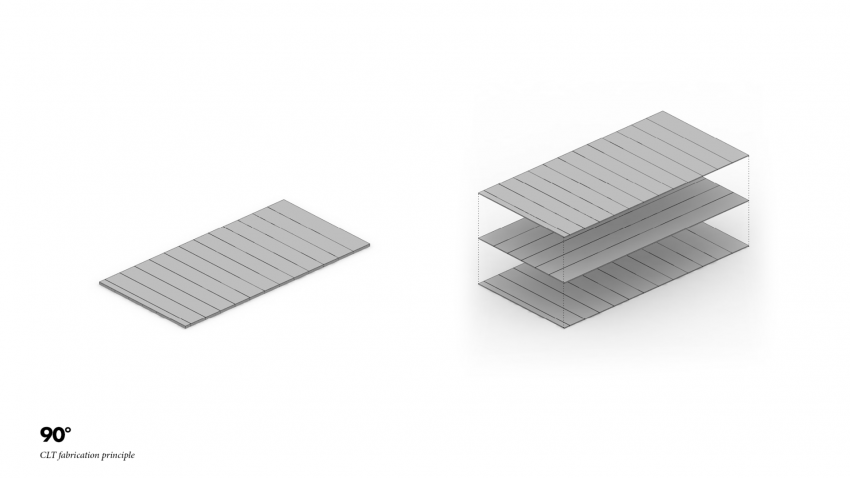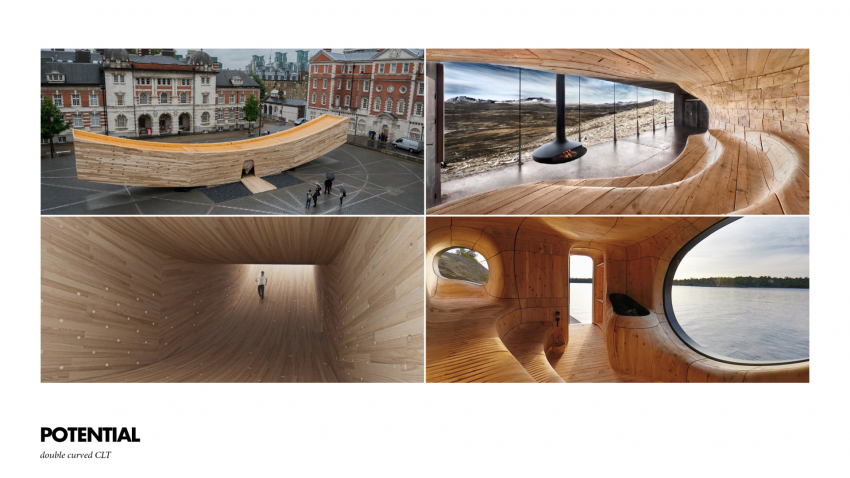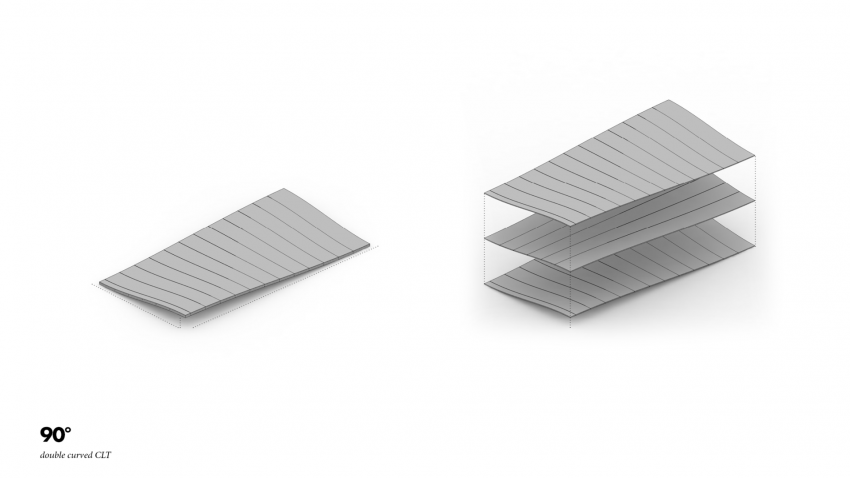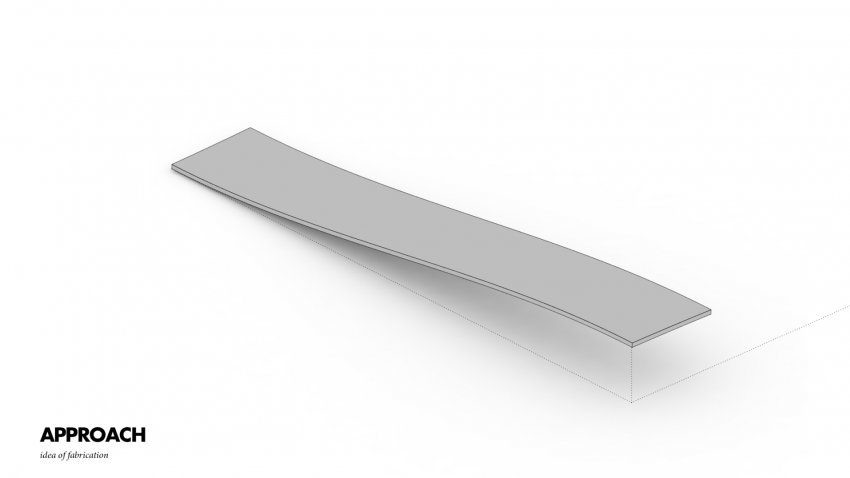Difference between revisions of "project02:P1"
| Line 64: | Line 64: | ||
[[File:170120_Hyperbody_P2_FischerD36.png| 850px]] | [[File:170120_Hyperbody_P2_FischerD36.png| 850px]] | ||
[[File:170120_Hyperbody_P2_FischerD37.png| 850px]] | [[File:170120_Hyperbody_P2_FischerD37.png| 850px]] | ||
| − | + | ||
[[File:170120_Hyperbody_P2_FischerD39.png| 850px]] | [[File:170120_Hyperbody_P2_FischerD39.png| 850px]] | ||
[[File:170120_Hyperbody_P2_FischerD40.png| 850px]] | [[File:170120_Hyperbody_P2_FischerD40.png| 850px]] | ||
Revision as of 02:04, 23 January 2017
Abstract
With a declining mining industry, Canada is looking for new models of economy. Arctic Eco-Tourism has already started growing over the last decade and is expected to grow even more rapid in future. This brings the chance of economic growth and employment. But it is also a danger¬ous situation for nature. Since the Canadian north is to more than 98% untouched, uncontrolled growth of traditional building complexes must not destroy nature as is already did in the south. The concept suggests combining two aspects of Canadian past with one of the future. The declared goal is not to destroy any more nature by infrastructure of insensible build-ings for tourism. The site of the Diavik Diamond Mine has been chosen for two things: First, to re-naturalize the area by money made from tourism. Second, to build an invisible starting point for Eco-Tourism in this area. The huge holes, which have been the result of a process called open-pit-mining, are a perfect spot to implement a building on a site from which na¬ture was already banished. Another main point is to use the old airfield as infrastructure for tourism. No additional streets need to be built. The aim is to create a resource efficient and fully autocratic building complex for arctic Eco-Tourism. This complex will mainly offer temporary accommo¬dation for tourists. It is the goal to use this project to examine the opportunities with robotically fabricated CLT structures as prefabricated building parts.
